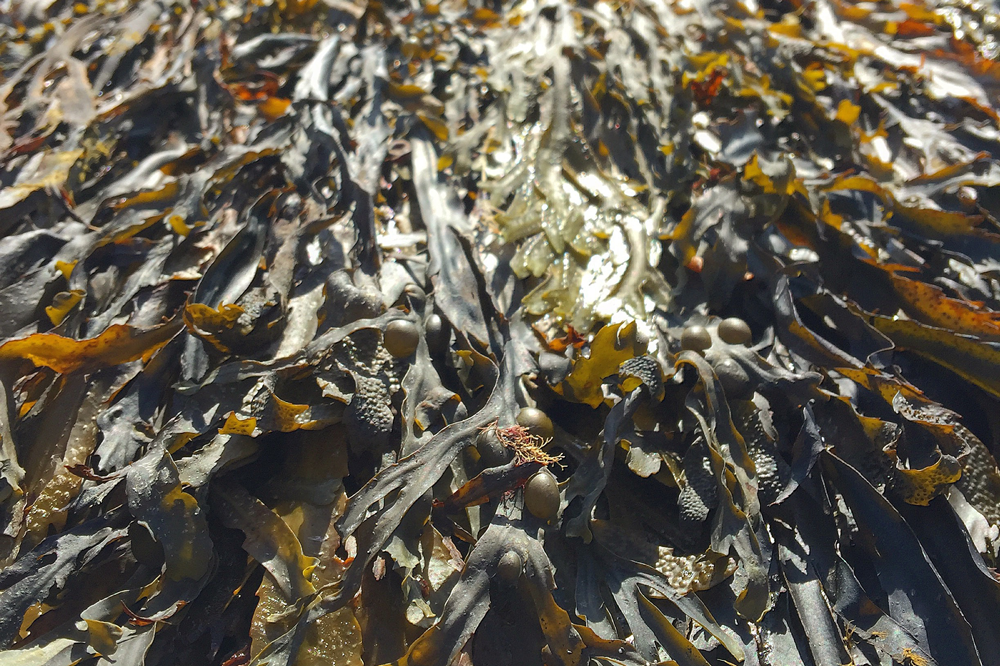Story
Seaweed, seagrass and sea temperature
22 November 2019
With marine heatwaves expected to increase in frequency and intensity due to climate change, new research from researchers at PML, the Scottish Association for Marine Science, University of Exeter and the GEOMAR Helmholtz Centre for Ocean Research looks at the impacts of these extreme events on key macrophyte (aquatic plant) species.

Seaweeds and seagrasses act as important foundation species in many coastal ecosystems in the temperate northern hemisphere. This means that their responses to extreme events can offer crucial insights to the fate of their associated ecosystems.
With the possibility of heatwaves and similar events causing ecosystem change through species' ranges becoming smaller or larger, which could have ecological, economic and social implications, understanding how species will react to extreme heatbursts can help efforts to protect marine ecosystems in the future.
The research focused on two species; the brown seaweed, Fucus vesiculosus, and the seagrass, Zostera marina, both of which are found in the Western Baltic Sea and around North East Atlantic shores.
By simulating a marine heatwave in a controlled environment, the researchers could see how the two species may respond to such an event in the wild, looking at various factors, including growth, photosynthesis rate and resistance to disease, grazing and fouling organisms.
Both of the macrophytes appeared to be fairly resilient in the face of the short-term marine heatwaves simulated in this experiment. Z. marina did show some negative effects in terms of reduced growth under a condition replicating two late-spring heatwaves followed by a summer heatwave, but as the photosynthetic rate remained high, there were good indications for potential recovery.
Despite the variety of response variables measured, F. vesiculosus was only affected by one simulated condition – a single summer heatwave – and only in terms of a loss of some helpful surface bacteria. This appearing to be the only negative consequence for F. vesiculosus suggests the seaweed may be able to thrive in more stressful environments, possibly due to the highly variable environment in which it typically lives.
The results of this study indicate that these seaweeds may be able to deal reasonably well with marine heatwaves of a short duration (around five days), as applied in the current study. With these extreme events likely to increase, this research adds to a vital and growing body of knowledge. However, further research, both on other species and on the impacts of longer and more frequent heatwaves, is important for a full understanding of how marine macrophytes may cope into the future.
Dr Mahasweta Saha, lead author and PML Marine Chemical Ecologist, said: "Research like this helps us to build up a clear picture of what may happen to our marine organisms under future climate change scenarios. In this case, we found that short-term stressors do not necessarily lead to weaker macrophytes in the western Baltic Sea. With more research, we can build on this knowledge and hopefully understand more about how marine life will react to a changing ocean."
Related information
'Response of foundation macrophytes to near‐natural simulated marine heatwaves' is published in Global Change Biology
This study was funded by the DFG Excellence Cluster grant awarded to the lead author (M. Saha) and was also partially financed by GEOMAR, Helmholtz